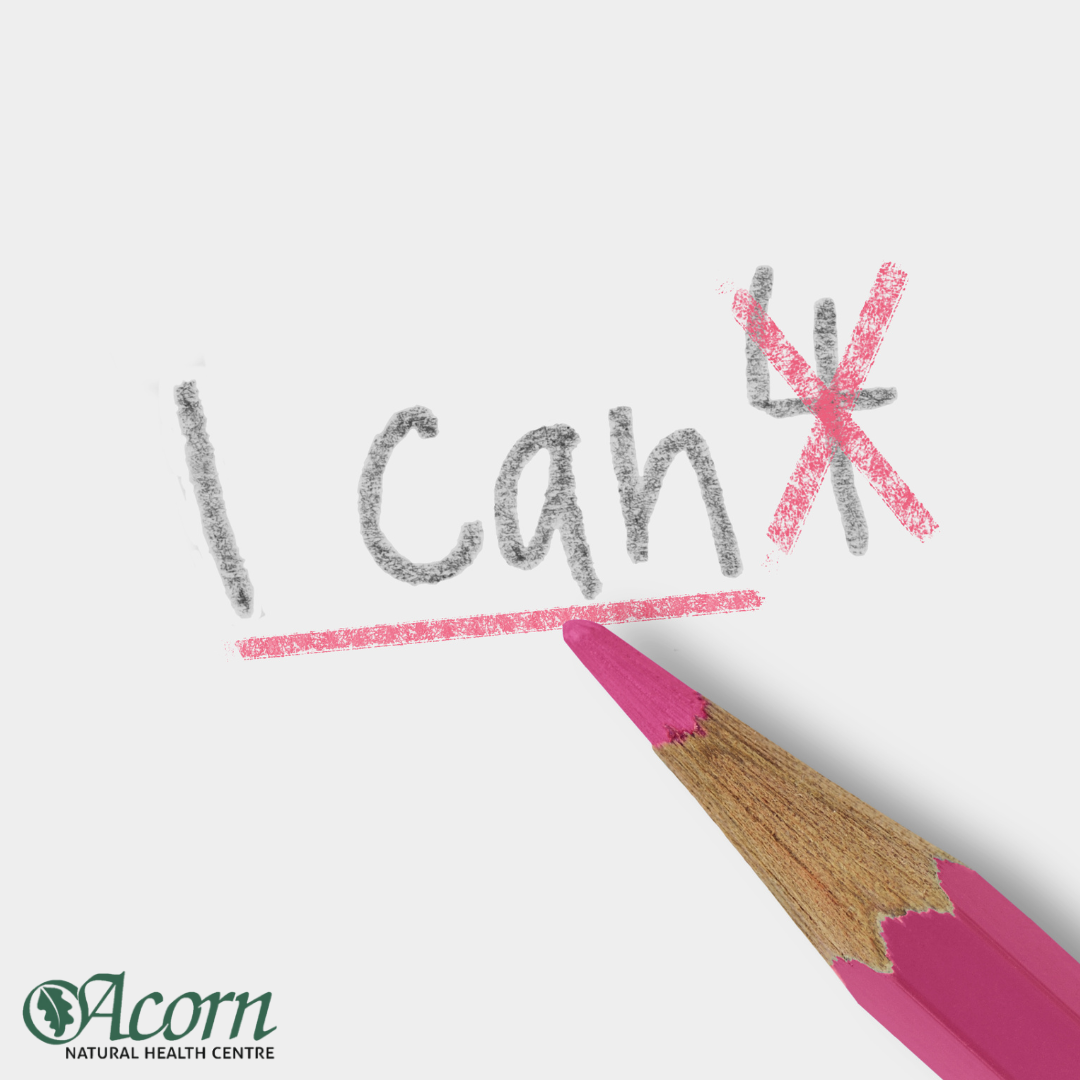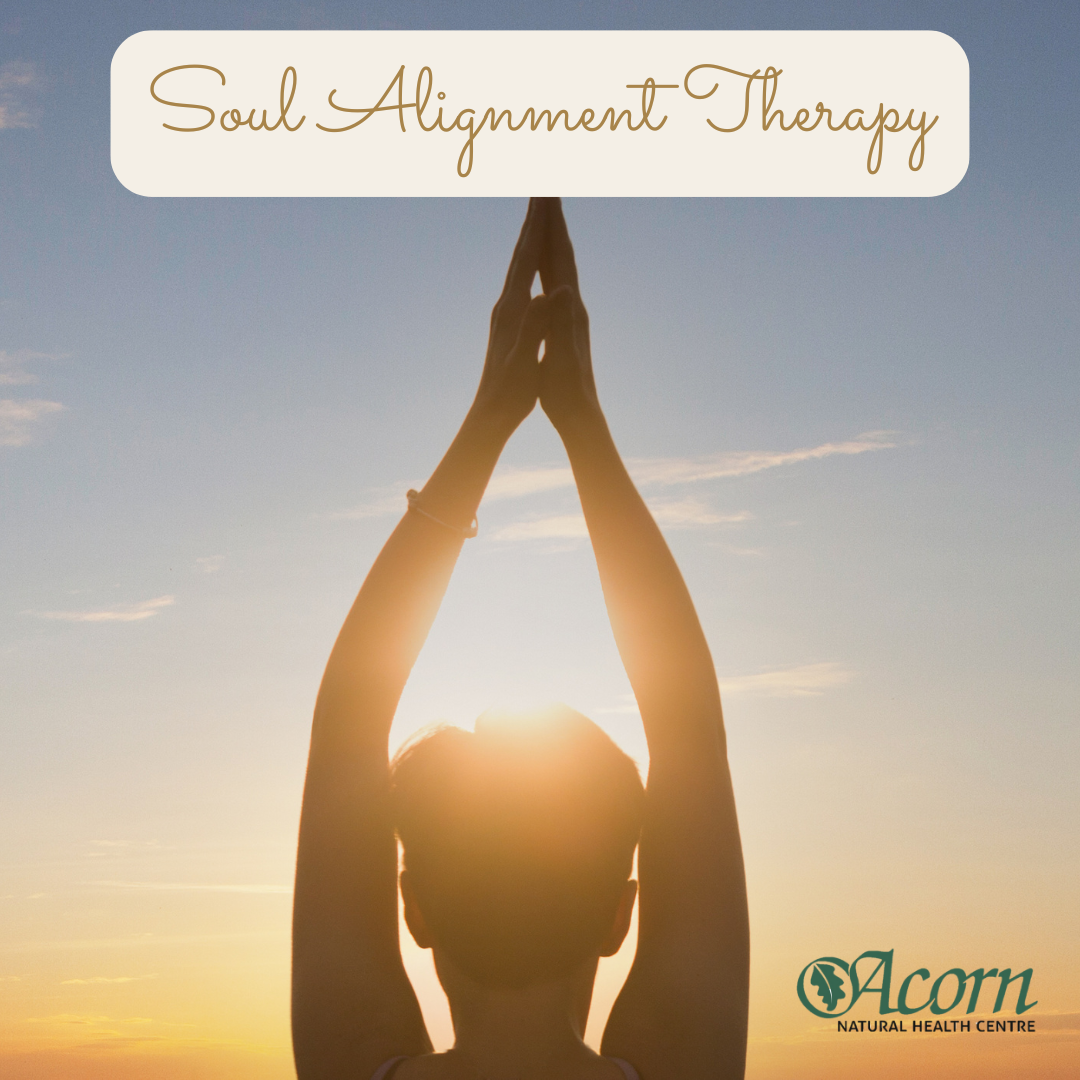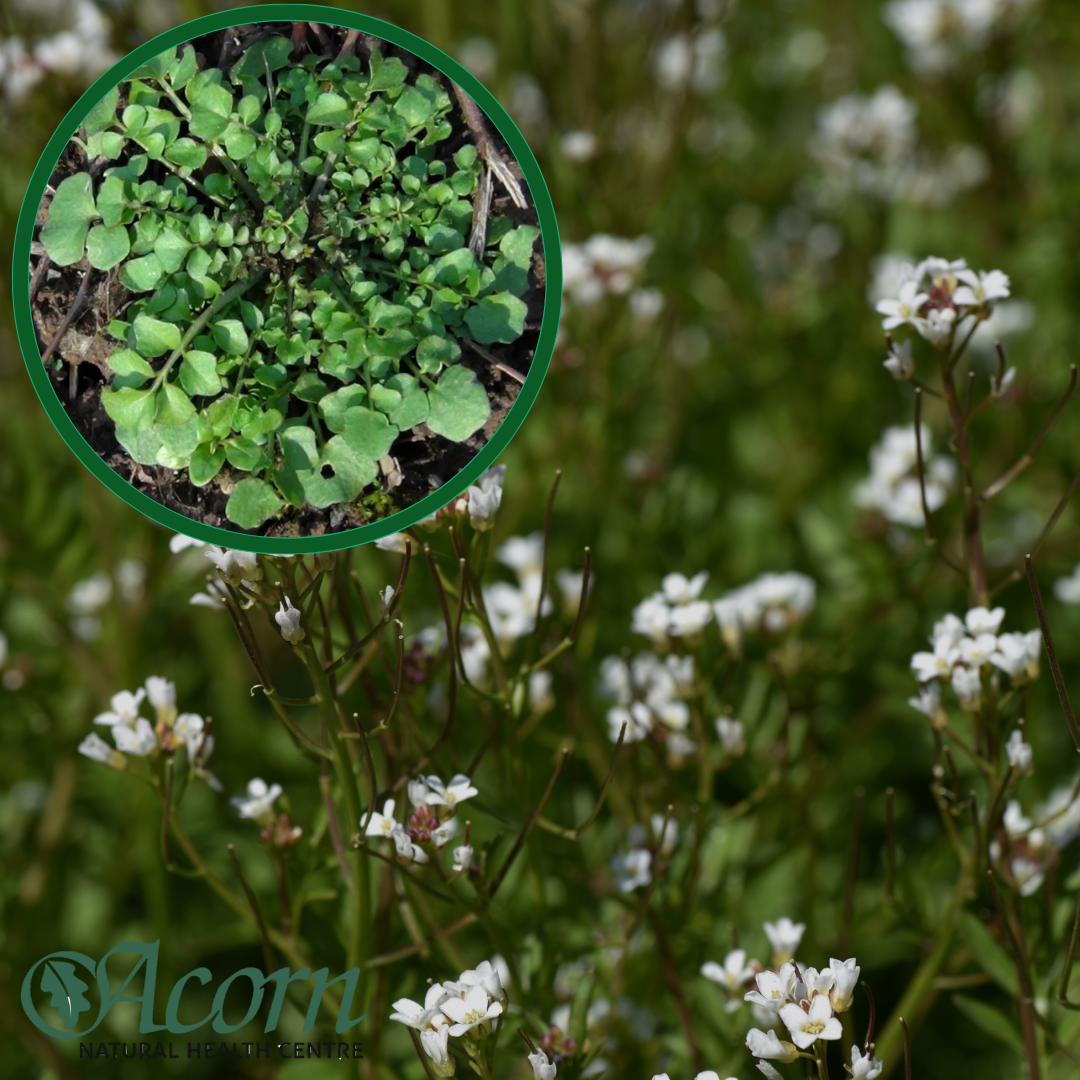Have you ever felt like you’re doing all the right things—saying the affirmations, setting your intentions, working hard—and yet, somehow, things still don’t quite change?
More often than not, it’s not because you’re not trying hard enough. It’s because there are quiet, invisible forces shaping your choices: your beliefs.
Some of these beliefs are empowering. But others—often formed in childhood or through past experiences—can quietly keep you stuck, playing small, or doubting yourself… without you even realizing it.

So how do you spot them? And more importantly, how do you shift them?
Here’s a quick guide to get started:
⸻
1. Listen to Your Inner Dialogue
Your internal dialogue is like a window into your belief system. Pay attention to how you speak to yourself, especially in moments of stress or when you’re reaching for something new.
Do you hear things like:
• “I’m not good enough.”
• “It always goes wrong.”
• “People like me can’t have that kind of life.”
These are red flags—clues pointing to beliefs that might be limiting your potential.
⸻
2. Trace It Back
Once you’ve noticed a recurring negative thought, ask yourself: Where did this come from? Was it something you heard growing up? A belief that served you once but no longer does?
Many of us are running on outdated programming. Just identifying where it came from can loosen its grip.
⸻
3. Challenge and Reframe
Next, try reframing. Ask yourself: Is this belief really true? Is it true 100% of the time?
Instead of “I never get things right,” try:
“I am learning as I go, and that’s okay.”
Or shift “I’m not good enough” to:
“I am worthy, just as I am—and growing every day.”
It may feel unnatural at first, but your brain starts to follow the new pathway with repetition.
⸻
4. Tune Into Your Energy
Our beliefs don’t just sit in the mind—they show up in the body, too. Tightness in the chest, a sinking feeling in the stomach, or drained energy can all signal misalignment. Energy work, meditation, and breathwork can help move stuck emotion and clear the space for new beliefs to take root.
⸻
5. Go Deeper With Support
Sometimes we need a little help to truly shift old patterns. That’s why I created Limitless—a free guide to help you identify and release limiting beliefs, step into your power, and begin manifesting the life that truly aligns with your soul.
It’s not about becoming someone else—it’s about remembering who you really are beneath the noise.
Ready to feel free, focused, and fully aligned?
Affirmation:
You are not broken. You are powerful beyond measure. You just need to remember who you are—and let go of everything that tells you otherwise.





